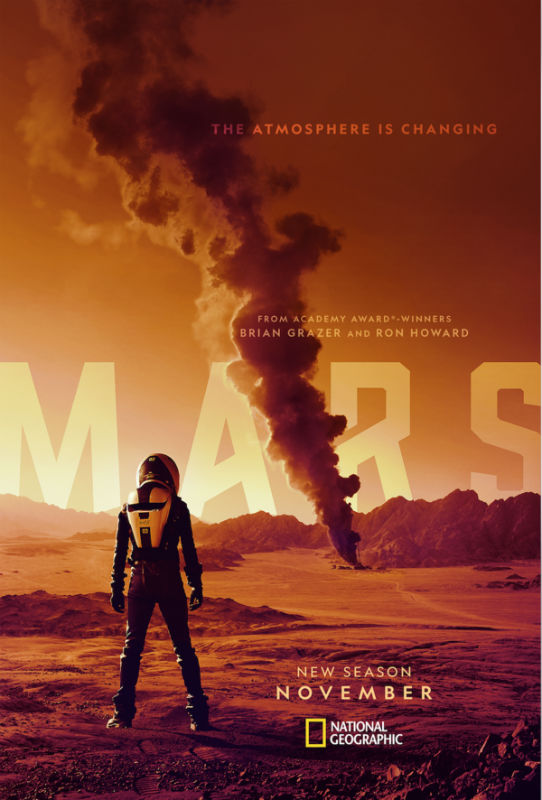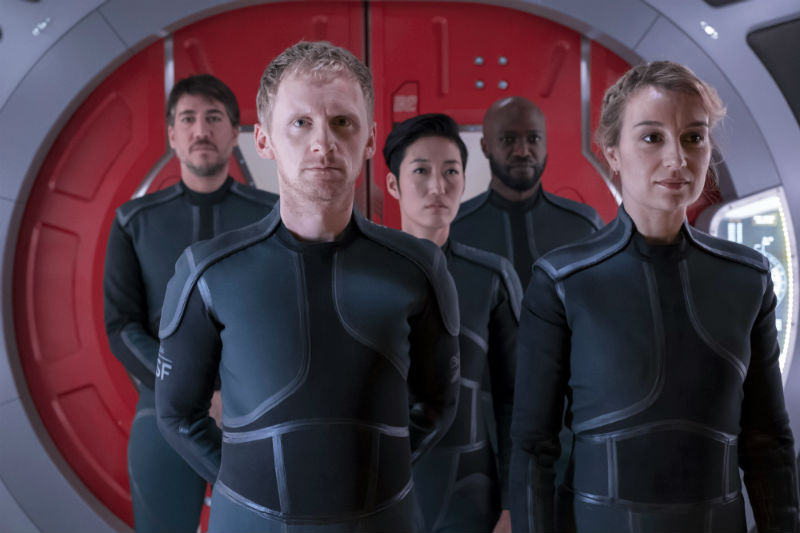
NEWS – Are you tired of those “been there, done that” kind of vacations? I mean, beaches are great, but water and sand can only go so far. Skiing is fun, but after you’ve been to the mountains, it gets repetitive. You can only look at so many ancient ruins, right? What is a world traveler to do?
Leave!
That’s right – for the low, low cost of $58,000,000 for the launch plus $35,000 per night, you can travel to the International Space Station (ISS) for that “nowhere in the world” kind of experience. And, unlike cut-rate airlines, you get to bring checked bags to the tune of up to 175 kg (about 385 lbs) of cargo. No word on the loyalty program, but I’d expect a ton of points for each night!
Seriously, this opportunity targeted at the commercial and scientific community. NASA is opening up the ISS to private interests as a means to provide a vehicle to science and industry that need a microgravity environment for research. NASA is trying to foster a sustainable low-Earth orbit economy.
So while it isn’t Fhloston Paradise, the idea of taking an extended vacation and being able to look down on this blue marble we call home is pretty exciting. Now, I just need to come up with a viable and compelling microgravity experiment and get a GoFundMe set up.
For more information, visit NASA’s commercial opportunity website.
Filed in categories: News
Tagged: Space
NASA takes first step to develop Fhloston Paradise originally appeared on The Gadgeteer on June 9, 2019 at 8:00 am.
Note: If you are subscribed to this feed through FeedBurner, please switch to our native feed URL http://the-gadgeteer.com/feed/ in order to ensure continuous delivery.

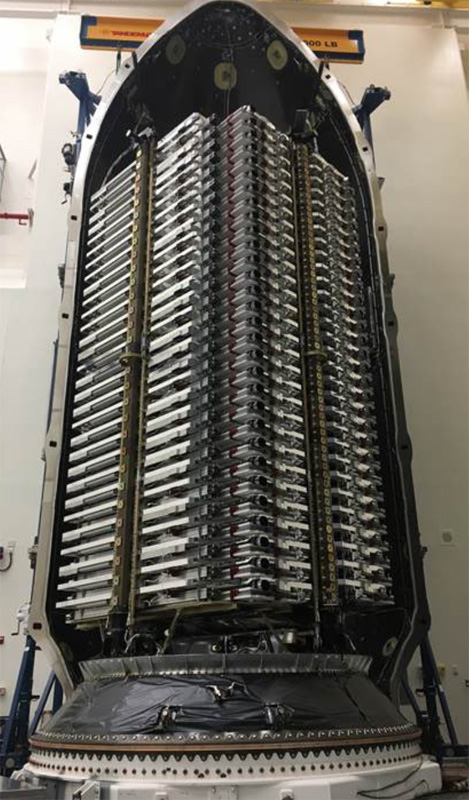
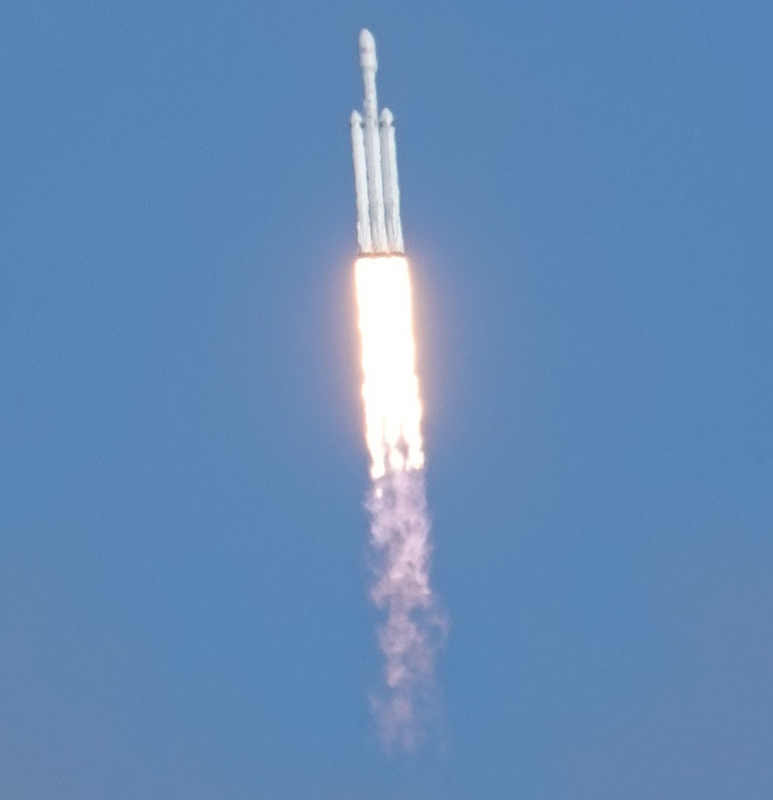
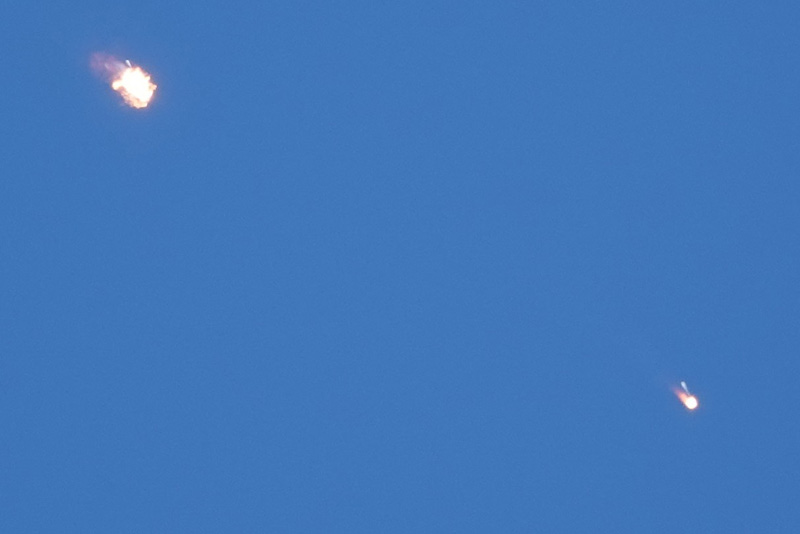
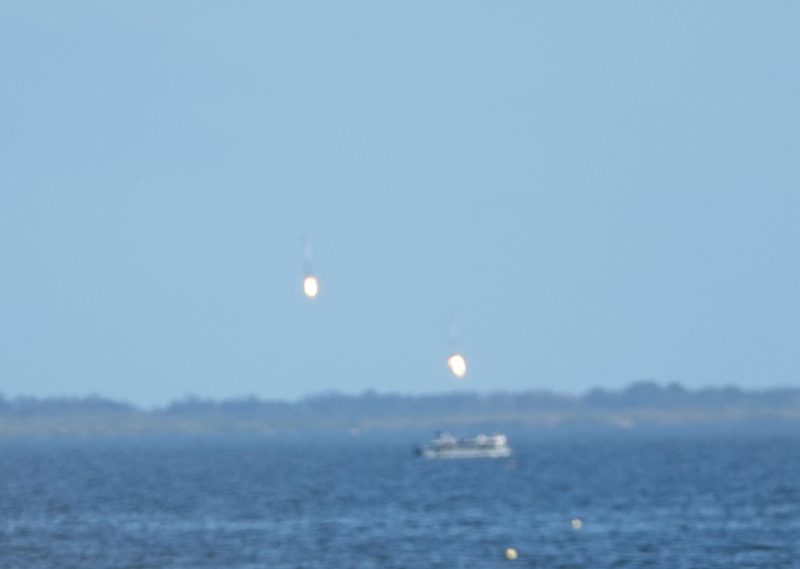
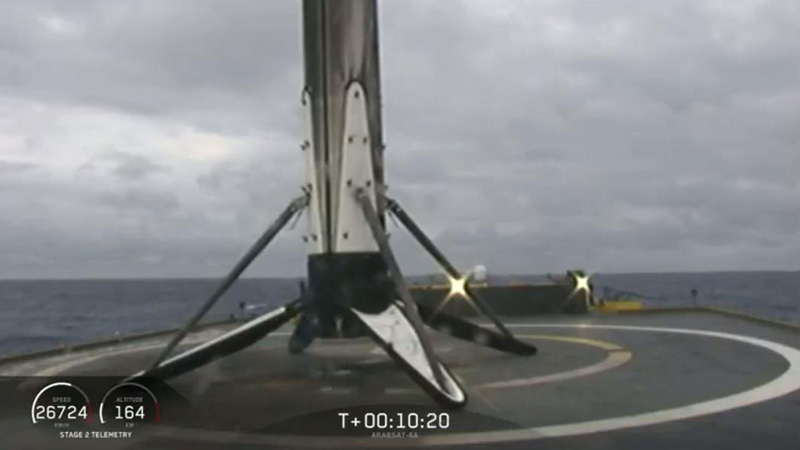
 ARTICLE – When I was a kid, I loved space. I couldn’t get enough of NASA and the Apollo program. I was nine years old when Apollo 11 launched, and like most of the country, I was glued to the TV, fascinated by America’s space program. In fact, they told me I should become an astronaut because I was just taking up space in school, but I digress…
ARTICLE – When I was a kid, I loved space. I couldn’t get enough of NASA and the Apollo program. I was nine years old when Apollo 11 launched, and like most of the country, I was glued to the TV, fascinated by America’s space program. In fact, they told me I should become an astronaut because I was just taking up space in school, but I digress…


